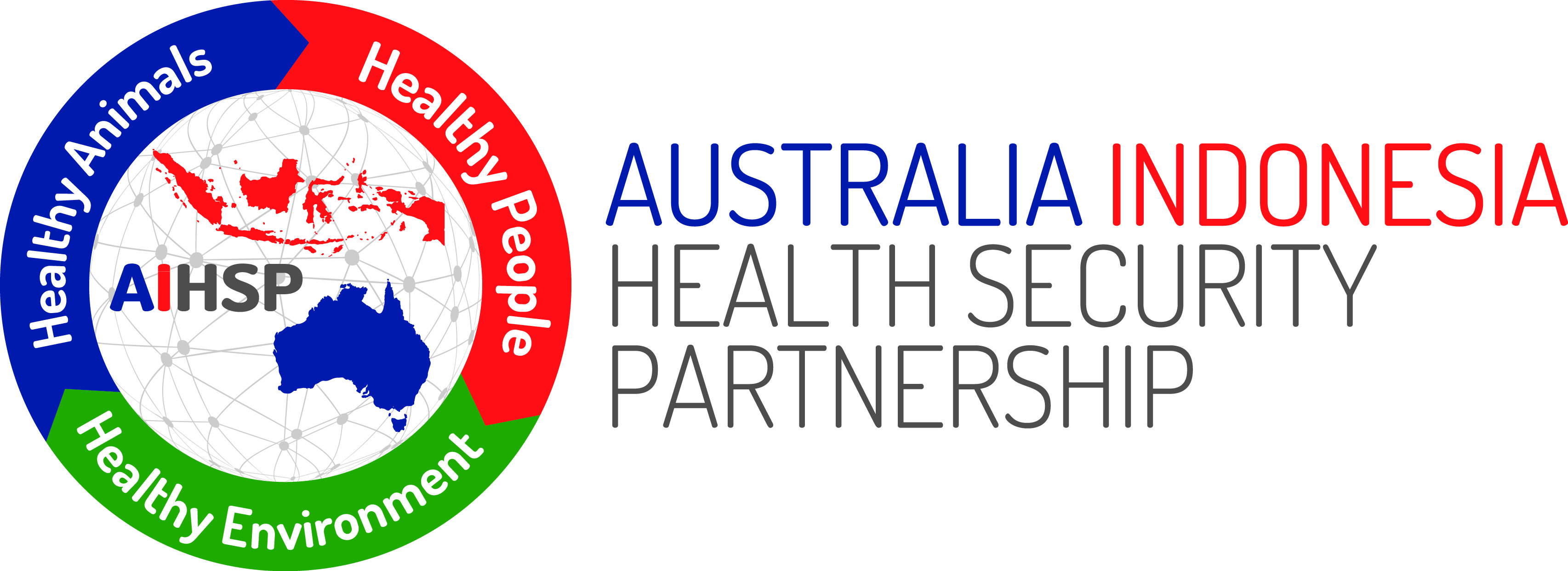Strategic Direction
The AIHSP's overarching goal is to increase national health security in Indonesia. The program aims to reduce the risks of communicable diseases, including emerging infectious diseases, to people and animals in a range of geographic locations and contexts.
By lowering these risks, the AIHSP can contribute to Indonesian, Australian, regional, and global health security. This, in turn, can drive sustainable economic development across Asia and enhance food security in Indonesia.
To meet these objectives, the AIHSP is implemented by DT Global and collaborates with a number of government ministries in both Indonesia and Australia. The program also liaises regularly with relevant national agencies and international development institutions.
Australia's Department of Foreign Affairs and Trade supports the AIHSP in strengthening national and regional systems for the prevention and detection of, and response to, human and animal health threats.
Since the AIHSP promotes a One Health approach to integrate human, animal, and environmental health, the program team works in close partnership with Indonesia's Ministry of Health, Ministry of Agriculture, and Ministry of Environment and Forestry.
The AIHSP program is fully aligned with the Government of Indonesia's National Medium Term Development Plan, Presidential Instruction #4 of 2019 (on health security), the National Action Plan for Health Security, and the strategic plans of the three lead ministries.
There is also ongoing dialogue with the Food and Agriculture Organization of the United Nations, the World Health Organization, the United States Centers for Disease Control and Prevention, and a host of other strategic partners.
The AIHSP's immediate areas of focus are:
- improved policies and procedures
- cross-ministerial coordination and information sharing
- efficiency, effectiveness, and interoperability of animal and human health surveillance systems
- strengthened laboratory capacity.




